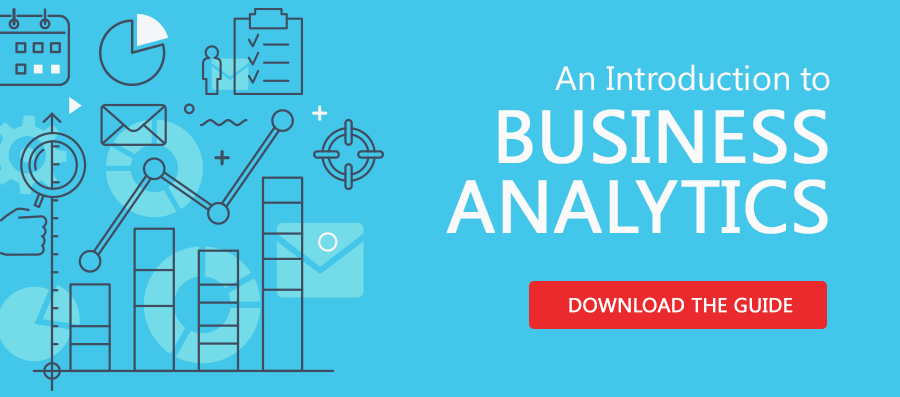With Industry 4.0 still in the early adoption phases, ambiguous jargon associated with Big Data, artificial intelligence, machine learning, predictive analytics, and prescriptive analytics continue to plague business leaders about which direction to pursue. As for vendors of these applications, some have repackaged older technologies while others, like River Logic, remain steadfast with the education of its platform that offers a solution, validating models with financial impacts on each course of action (predictive or prescriptive).
Spreadsheets: Today’s Business Analytics Tool of Choice
In September, Ventana Research reported that four out of five companies rely on spreadsheets for supply chain planning. Although spreadsheets are an ideal tool for one-off scenarios and prototyping, when it comes to planning, spreadsheets are error-prone, difficult to validate, and inflexible to use for collaboration, leading to this profound statement:
Almost half of companies believe their supply chain planning is accurate.
The Ventana information addressed supply chains alone. However, at River Logic, we see a similar sentiment shared among companies with its other business functions — before onboarding the River Logic platform, companies were not confident with their data analytic, joining many organizations frustrated by spreadsheet limitations of business analytics.
Key Questions Answered by Business Analytics
Questions that advanced analytics can answer range from optimizing one business unit to addressing the end-to-end enterprise business model, which may include any or all business units.
The tough questions (predictive or prescriptive) that River Logic customers ask are necessary to meet corporate objectives and demands on the supply chain. One example includes a consumer packaged goods (CPG) company that recognized a bottleneck in its production process and wanted to use the River Logic platform to know:
- How can we allocate the right demand to the right location?
- How can we balance demand fulfillment and transportation?
- How can we manage labor and hours?
- How can we fulfill total demand without having to slow down select production lines?
- How can we best ship products made on one coast to the other coast?
Regardless of the type of advanced analytics, these questions involve numerous business units and take a prescriptive approach, which is important to note because the company bypassed the evolution of technologies. Instead of selecting one type of analytics, like predictive (e.g., how can we manage labor and hours?), it opted for one platform solution that encompasses all analytics capabilities, making the analytics types transparent to the user.
To improve margins, this CPG used historical data to predict where efficiencies may exist in production lines. However, if the CPG had focused on predictive planning strategies only, it would have missed the big picture. Out of its dozen-plus plants — each unit using 20 or more spreadsheets — the best course of action was to change up processes among productions lines across the entire company. However, a bold, counterintuitive move requires more than recommendations from any advanced analytics what-if scenarios. Each course of action must show the financial impact — a validation that only the River Logic platform provides.
Big Data and Advanced Analytics: Companies Accelerate Investments and Adoption Rates
The mid-year report by the World Bank forecasted the global economy was on track to grow at 3.1% in 2018. While good news, it signals to businesses that global competition is real and discoveries within operational processes, capital expenditures planning, and other integral functions must rely on smart technologies.
- Research firms like Gartner have surveyed companies to see the uptick in advanced analytics usage, supporting its prediction that 2018 was the year when decision optimization would no longer be a niche discipline but a best practice.
- As seen in the Top 25 Supply Chains, one-third of these had already increased investments in analytics technologies, putting into practice what is known as ‘circular economy’ strategies with capabilities such as improved sourcing by identifying the best place to manufacture and when; reduced waste by optimizing throughput; and designed processes to close the loop, from cradle to cradle.
- Adoption of prescriptive analytics is estimated at around 20% within mid-to-large-sized companies — and that number is set to grow to 36% by 2021.
Outside of supply chains, other corporate business units using advanced analytics to improve efficiency and boost profits and margins vary. Take, for example, a River Logic customer in an oil and gas trading division. By using the River Logic platform, it increased profits by $35 million — all in a short two-month timeframe — with an overall expectation of five to eight percent of revenue in annual profit.
Closing Remarks
To sum it up, as surveys of companies and supply chains show, there’s no calling off advanced analytics now. Mid-sized enterprises to global corporations recognize that the competitive edge lies with uncovering hidden opportunities that a prescriptive platform can reveal through hundreds, if not thousands of what-if scenarios. Many River Logic customers did not progress linearly in building business intelligence. Some had no predictive planning in place before moving to prescriptive.







